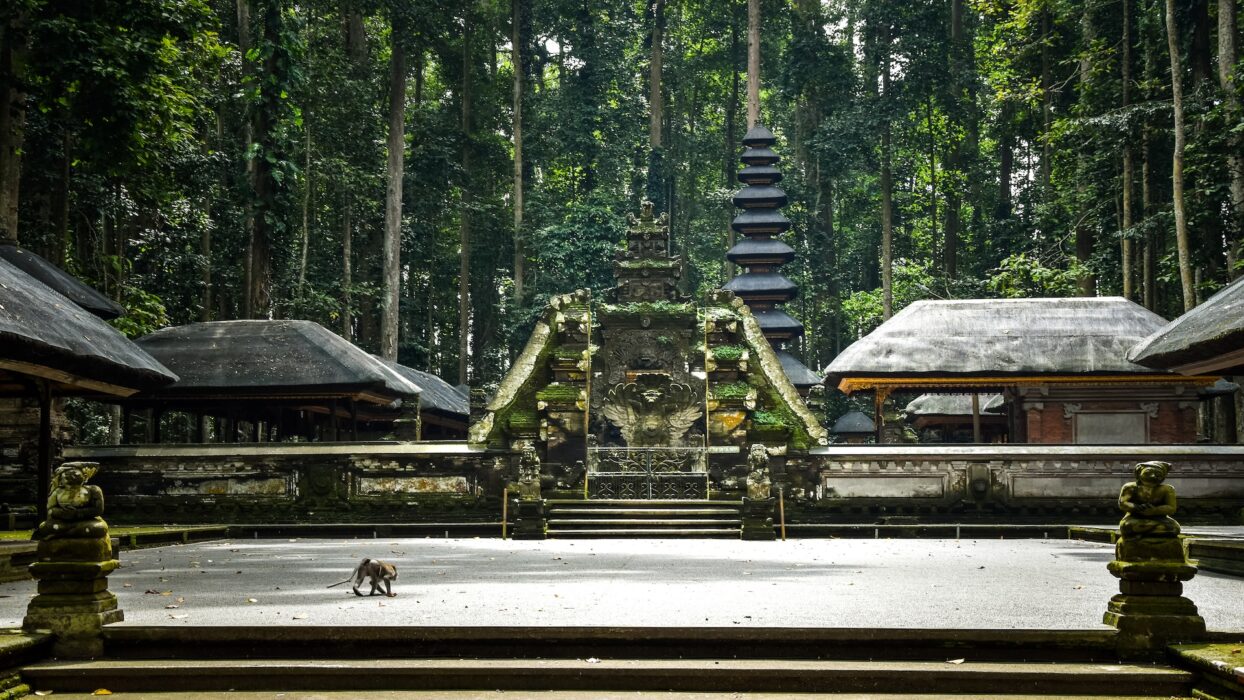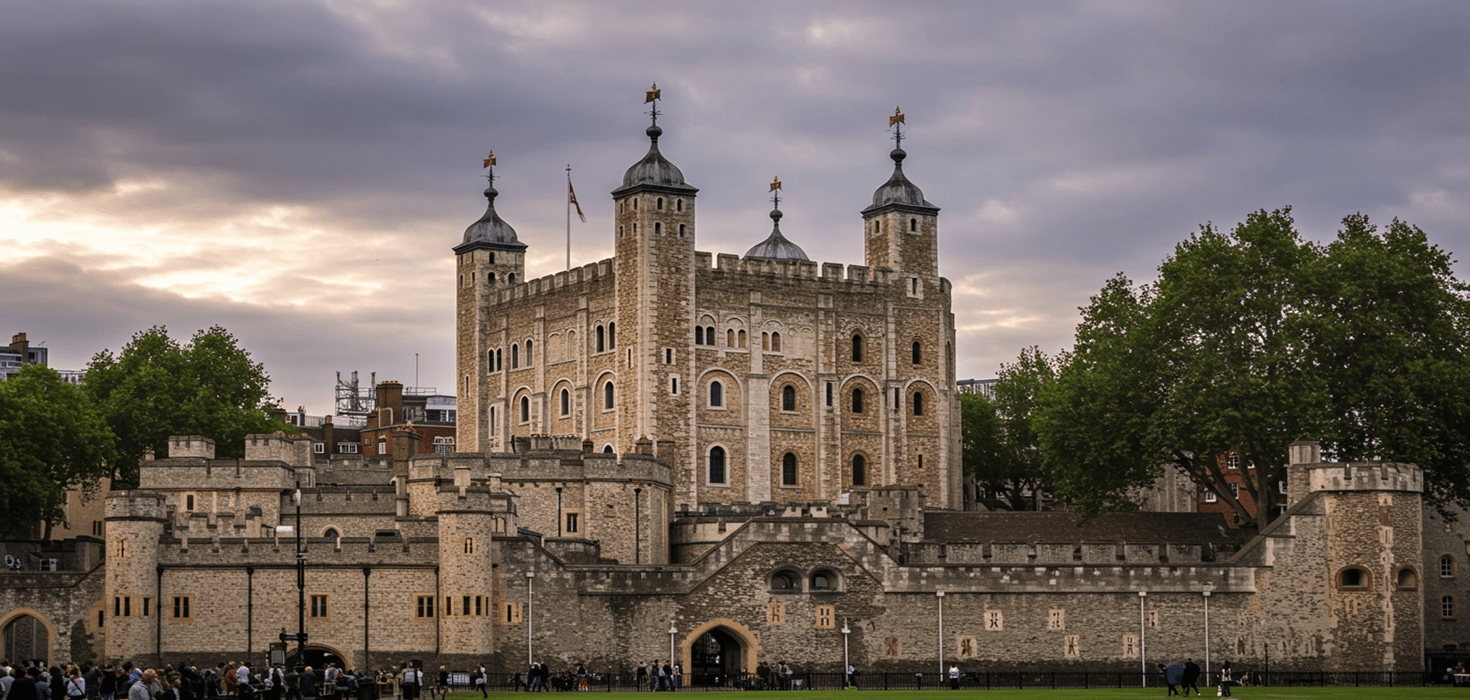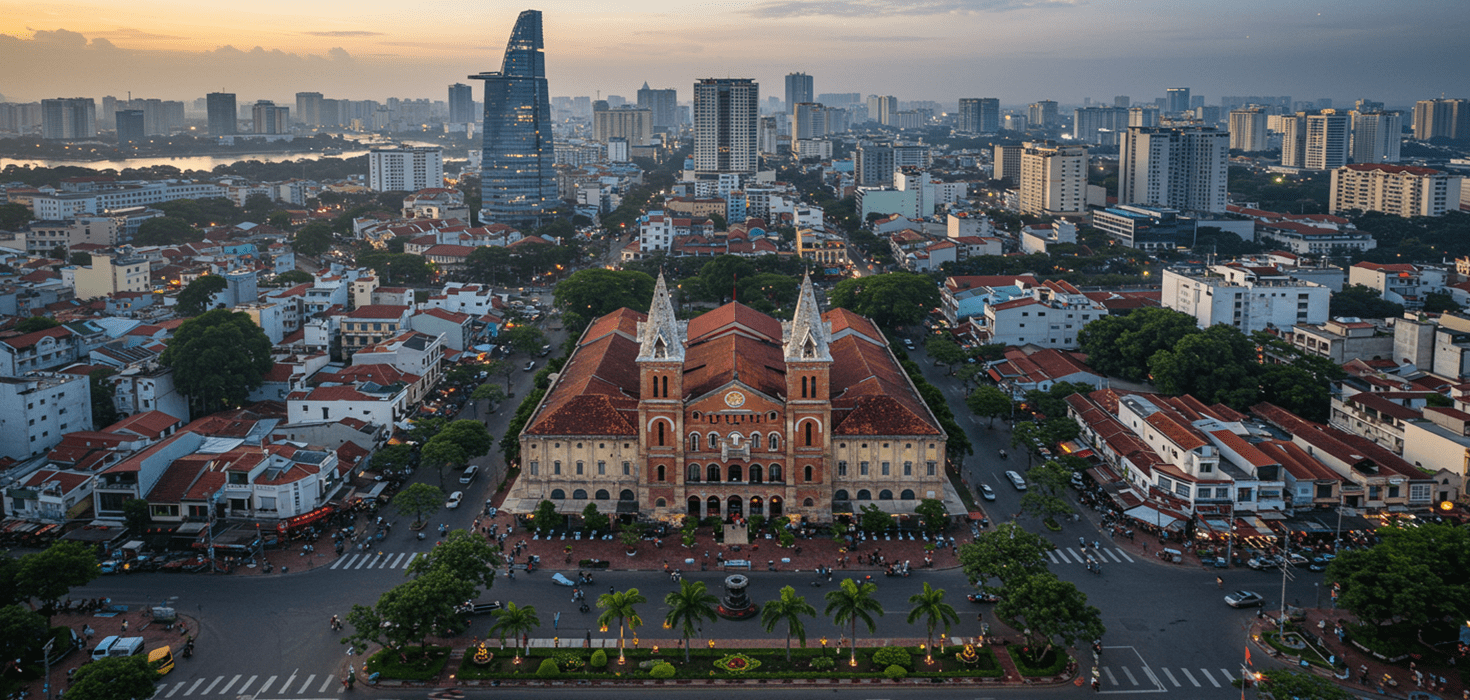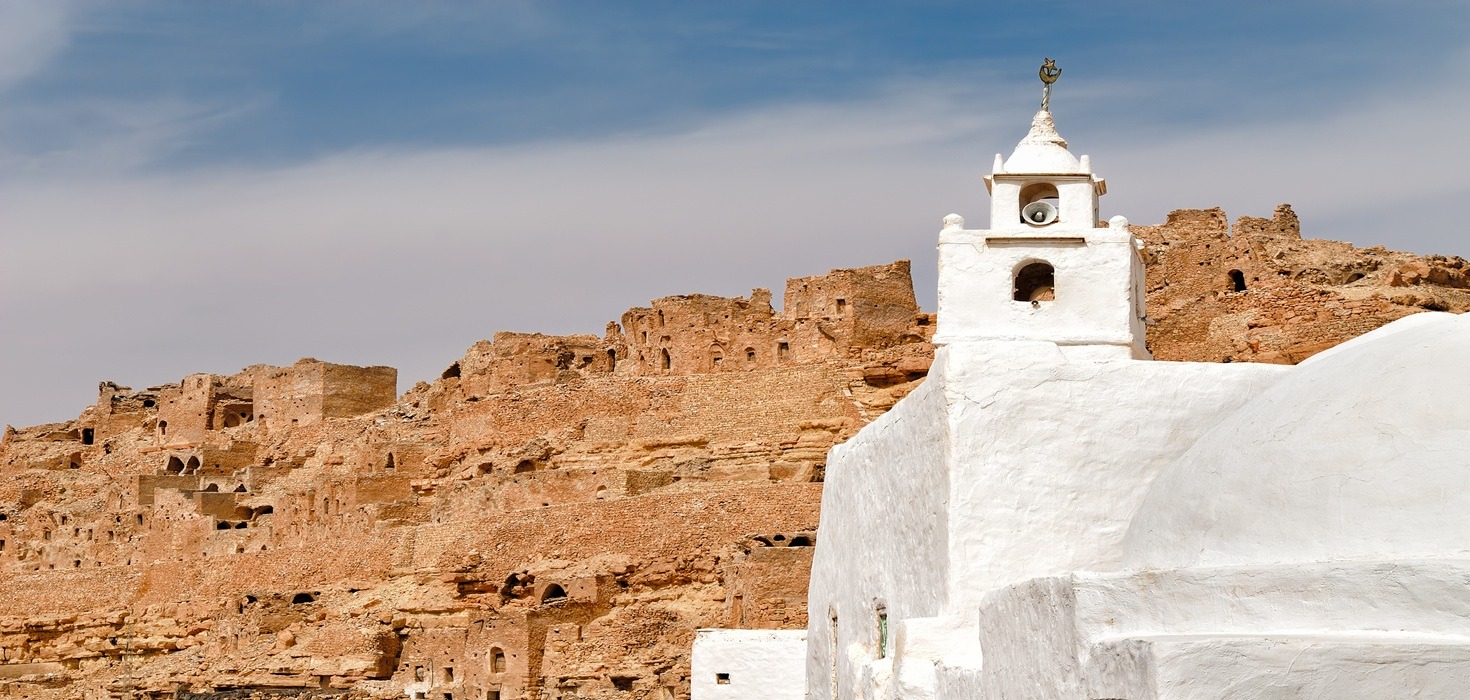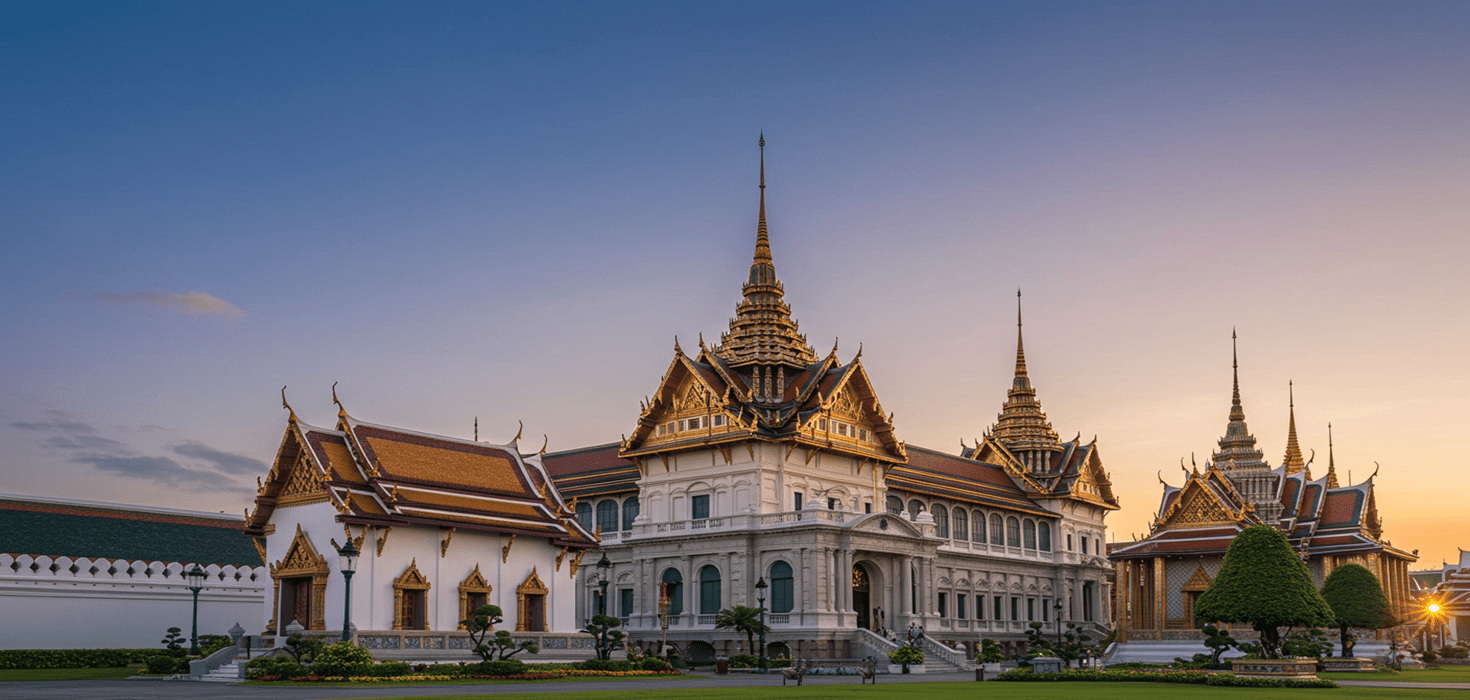Welcome to Besakih Temple: Bali’s Spiritual Heartbeat
Perched majestically on the slopes of Mount Agung, Besakih Temple stands as a beacon of spirituality and culture in Bali. Known as Bali’s Mother Temple, this sacred site is not just a feast for the eyes with its stunning Balinese architecture; it is also a vibrant hub of activity, especially during the Galungan Festival. This festival, celebrated every 210 days, marks the triumph of dharma (good) over adharma (evil) and is a time of joy, reflection, and community spirit.
Visiting Besakih Temple during this festive period offers travelers a unique opportunity to immerse themselves in the rich tapestry of Balinese culture. From colorful offerings to mesmerizing rituals, every corner of the temple complex tells a story. Whether you’re seeking spiritual enlightenment or simply want to soak in the breathtaking views, Besakih Temple promises an unforgettable experience that blends devotion with natural beauty.
Discovering Besakih Temple: Bali’s Mother Temple
As you approach the temple complex, the first thing that strikes you is its grandeur. With over 80 individual temples, Besakih is the largest and holiest of all Bali temples. The intricate carvings, towering pagodas, and lush surroundings create a serene atmosphere that invites exploration. The main temple, Pura Penataran Agung, is a multi-tiered structure that rises impressively against the backdrop of the mountain.
Each temple within the complex is dedicated to different deities, showcasing the diversity of Balinese Hinduism. Pilgrims from all over the island flock here to pay their respects, making it a significant pilgrimage site. As you wander through the grounds, take a moment to appreciate the architectural beauty that reflects centuries of tradition and devotion. The temple’s layout is designed to harmonize with nature, embodying the Balinese belief in the sacredness of the environment.
The Galungan Festival: A Celebration of Balinese Spirituality
Timing your visit to coincide with the Galungan Festival is an experience like no other. This vibrant festival celebrates the victory of good over evil and is marked by elaborate ceremonies, colorful decorations, and a palpable sense of joy in the air. The festival lasts for ten days, culminating in Kuningan, when offerings are made to ancestors and the spirits of the deceased.
During Galungan, the temple is adorned with beautifully crafted bamboo poles called penjor, which symbolize prosperity and devotion. Visitors can witness traditional Balinese rituals, including prayers and offerings, as locals dress in their finest attire—an explosion of colors and patterns that reflect the island’s rich heritage. Engaging with these Balinese rituals offers a deeper insight into the spiritual fabric of the community, making your visit even more meaningful.
Whether you’re a history buff, a spiritual seeker, or simply a curious traveler, the Galungan Festival is a vibrant celebration that showcases the heart and soul of Bali cultural festivals. Be sure to bring your camera; the sights and sounds are nothing short of magical!
Best Time to Visit Besakih Temple: Timing Your Trip for Maximum Experience
Planning your visit to Besakih Temple is all about timing! The best time to experience this sacred site is during the dry season, which typically runs from April to October. This period offers pleasant weather, making it perfect for exploring the temple complex and enjoying the stunning views of Mount Agung.
If you want to witness the Galungan Festival in its full glory, mark your calendar for the festival dates, which occur every 210 days, with the next celebration set to take place on specific dates that can vary each year. This is when the temple truly comes alive with vibrant ceremonies and colorful offerings. If you’re curious about when the festival is happening, check local calendars or ask locals for the exact dates!
Visiting during the early morning hours is another tip for a serene experience. The temple is less crowded, and the soft morning light casts a magical glow over the intricate Balinese architecture. Plus, you’ll have the chance to hear the gentle sounds of nature and the distant chants of prayer, creating a truly spiritual atmosphere.
Practical Information for Travelers: Tips for Visiting Besakih Temple
Before you head out to explore this magnificent temple, let’s cover some practical tips to ensure a smooth visit. First off, the entrance fee for Besakih Temple is quite reasonable and helps maintain the site. Be sure to have some cash on hand, as credit cards are not always accepted.
The temple is open daily from 8 AM to 5 PM, but during festivals, hours may vary, so it’s a good idea to check ahead. Dress appropriately—modest clothing is a must! Sarongs and sashes are often provided at the entrance, but bringing your own is a nice touch to show respect for the local customs.
Transportation options to the temple include hiring a local driver, which is a fantastic way to soak in the scenery along the way. Alternatively, you can rent a scooter if you’re feeling adventurous and want to explore at your own pace. Just be cautious on the roads!
Lastly, while visiting, remember to be respectful during ceremonies. Observing from a distance is appreciated, and it’s a great way to engage with the local culture without intruding.
A Day at Besakih Temple: Itinerary for an Enriching Experience
Ready to make the most of your day at Besakih Temple? Here’s a suggested itinerary that captures the essence of this spiritual site:
Morning
Start your day early with a visit to the temple complex. Arrive by 8 AM to enjoy the tranquility of the morning. Begin your exploration at Pura Penataran Agung, the main temple, and take time to admire the stunning architecture and intricate carvings. Don’t forget your camera; the views are breathtaking!
Midday
After soaking in the spiritual atmosphere, take a break for lunch at a nearby warung. Try local dishes such as Nasi Campur or Satay for an authentic Balinese culinary experience. Refueled, you can return to the temple for the afternoon rituals, where you might witness offerings being made.
Afternoon
Spend your afternoon wandering through the various temples within the complex. Each temple has its own unique charm and significance. Engage with local priests or devotees if they’re open to sharing their stories, and don’t hesitate to ask questions about the rituals you see.
Evening
As the sun begins to set, find a quiet spot to reflect on your day. The sunset against the backdrop of Mount Agung is a sight you won’t want to miss. If you’re lucky, you might catch a glimpse of the temple illuminated in the golden light, creating a magical end to your day.
Culinary Delights: Savoring Balinese Cuisine Near Besakih Temple
No trip to Bali is complete without indulging in its mouthwatering cuisine! Near Besakih Temple, you’ll find a variety of dining options that showcase the best of Balinese culinary experiences. From cozy warungs to more upscale restaurants, there’s something for everyone.
For a truly local experience, head to a nearby warung where you can enjoy traditional dishes. Don’t miss out on Babi Guling (suckling pig) or Lawar (a traditional salad made from vegetables, coconut, and minced meat). Pair your meal with a refreshing glass of Es Teh Manis (sweet iced tea) to cool down!
If you’re in the mood for a more upscale dining experience, check out restaurants that offer stunning views of Mount Agung while you dine. Many places feature a mix of traditional Balinese and modern cuisine, providing a delightful twist on classic dishes.
Festivals and Events Coverage: Engaging with Balinese Culture
While the Galungan Festival is a highlight, Besakih Temple hosts various other festivals throughout the year that reflect the rich tapestry of Balinese culture. Each festival brings its own unique rituals, offerings, and vibrant celebrations.
During the Kuningan festival, which follows Galungan, offerings are made to honor ancestors and spirits, creating a beautiful atmosphere filled with devotion. Witnessing these ceremonies offers a profound insight into the spiritual life of the Balinese people.
Be sure to check local calendars and engage with locals to learn more about upcoming events. You might find yourself invited to participate in a ceremony or celebration, which could be one of the most memorable experiences of your trip!
Environmental Awareness: Sustainability and Conservation at Besakih Temple
As you explore the beauty of Besakih Temple, it’s essential to consider the importance of preserving this sacred site and its surrounding environment. Local initiatives aim to protect the temple and its cultural heritage, ensuring that future generations can experience its beauty.
Visitors are encouraged to practice responsible tourism by respecting the site, disposing of waste properly, and supporting local artisans and businesses. Engaging with community-led conservation efforts can enhance your experience and contribute positively to the area’s sustainability.
Outdoor Adventures: Exploring the Surroundings of Besakih Temple
The area surrounding Besakih Temple is not just about spirituality; it’s also a playground for outdoor enthusiasts! If you’re up for an adventure, consider hiking in the nearby hills or exploring the lush landscapes that surround the temple.
For hiking enthusiasts, trails around Mount Agung offer stunning views and a chance to experience Bali’s natural beauty up close. Be sure to pack plenty of water and wear sturdy shoes, as some trails can be challenging.
Additionally, you can explore nearby attractions such as the Tirta Empul Temple, known for its holy spring water, or the picturesque rice terraces of Tegallalang. Each spot offers a unique glimpse into Bali’s diverse landscapes and cultural heritage.
Shopping Guide: Finding Unique Souvenirs in the Besakih Area
Looking to take a piece of Bali home with you? The Besakih area has plenty of options for shopping, where you can find unique souvenirs and local crafts. From handmade offerings to beautiful Balinese art, you’ll find something special to remember your trip.
Check out local markets where artisans sell their crafts, such as traditional textiles, wood carvings, and jewelry. Bargaining is common, so don’t hesitate to negotiate for a better price! Supporting local artisans not only gets you a fantastic souvenir but also contributes to the local economy.
Transportation Details: How to Reach Besakih Temple
Getting to Besakih Temple is relatively easy, and there are several transportation options to consider. If you prefer a hassle-free experience, hiring a local driver is a great way to travel. They can provide insights along the way and ensure you don’t miss any hidden gems.
For those who are more adventurous, renting a scooter is a fun option, allowing you to explore at your own pace. Just make sure to wear a helmet and drive safely, as Balinese roads can be busy. If you’re using public transport, check local schedules for buses or shared taxis that head to Besakih.
Parking is available at the temple, but it can get crowded during festivals, so arriving early is a smart move!
Seasonal Travel Insights: What to Expect Throughout the Year
Each season in Bali brings its own charm, and Besakih Temple is no exception. During the rainy season, which typically lasts from November to March, the temple’s surroundings burst with lush greenery, creating a picturesque backdrop. However, be prepared for occasional downpours!
In contrast, the dry season offers clear skies and vibrant colors, perfect for photography. If you’re visiting during a festival, expect a lively atmosphere filled with locals and tourists alike, all coming together to celebrate.
Safety and Health Guidelines: Ensuring a Safe Visit to Besakih Temple
Your safety and health are paramount while visiting Besakih Temple. Always stay hydrated, especially during the warmer months, and wear sunscreen to protect against the tropical sun. It’s also wise to keep an eye on your belongings, as with any tourist destination.
Be mindful of local customs and traditions, especially during ceremonies. Observing from a respectful distance is appreciated and allows you to engage with the culture without intruding.
Commonly Asked Questions (FAQs): Everything You Need to Know About Visiting Besakih Temple
Got questions? Here are some frequently asked questions that might help you prepare for your visit to Besakih Temple:
- What is the entrance fee for Besakih Temple? The entrance fee is quite reasonable, and it’s used for the maintenance of the temple.
- Are there any dress codes? Yes, modest clothing is required. Sarongs are often provided at the entrance.
- What time is the best to visit? Early morning is ideal for a quieter experience and stunning views.
- Can I participate in ceremonies? Observing is encouraged, but participating should be approached with respect and permission.
Fun Facts About Besakih Temple and Galungan Festival
Let’s wrap up with some fun facts that will make you the star of any conversation about your trip to Besakih Temple:
- Did you know that Besakih Temple is over 1,000 years old? It’s a true testament to Bali’s rich history!
- The temple complex is home to more than 80 individual temples, each with its own unique significance.
- During the Galungan Festival, offerings are made to the spirits of ancestors, and it’s believed that they visit the earth during this time.
- Local legend says that Mount Agung is considered the home of the gods, making the temple even more sacred.
These tidbits not only enrich your visit but also connect you deeper with the cultural significance of this spiritual site.
As you prepare for your adventure to Besakih Temple, remember that it’s more than just a destination; it’s an experience that invites you to connect with the heart of Balinese spirituality and culture. So pack your bags, bring your curiosity, and get ready for a journey filled with beauty, tradition, and unforgettable memories!

